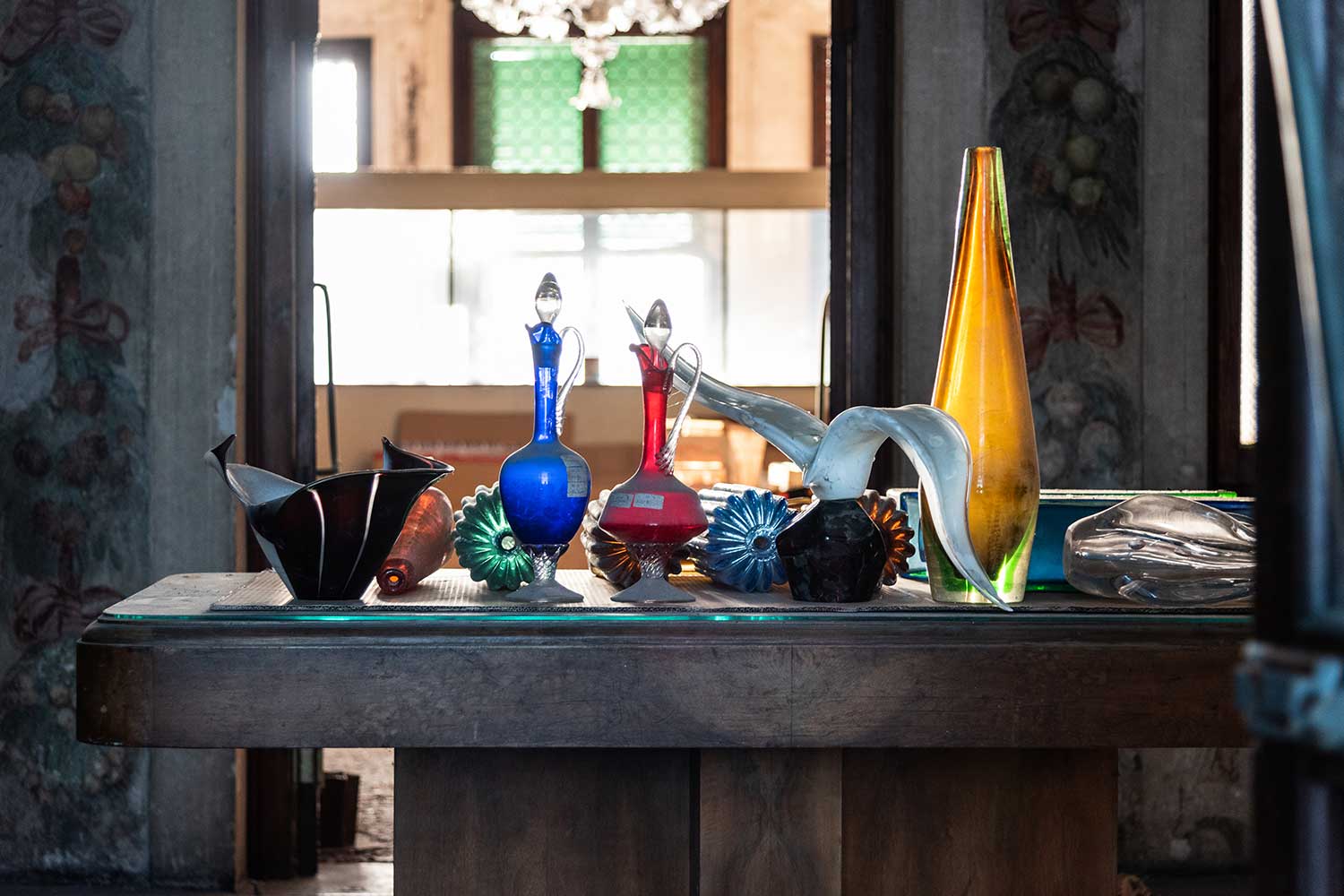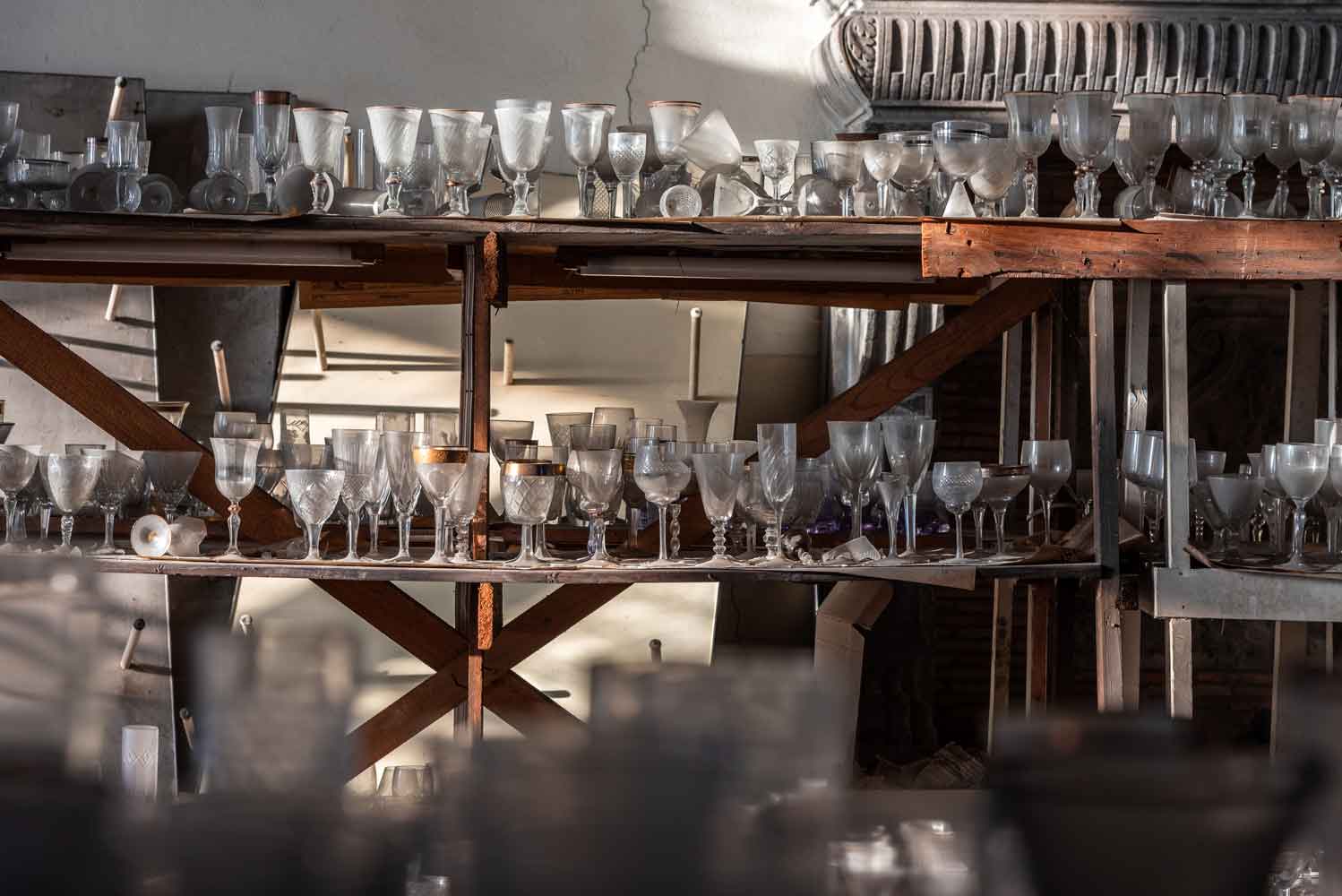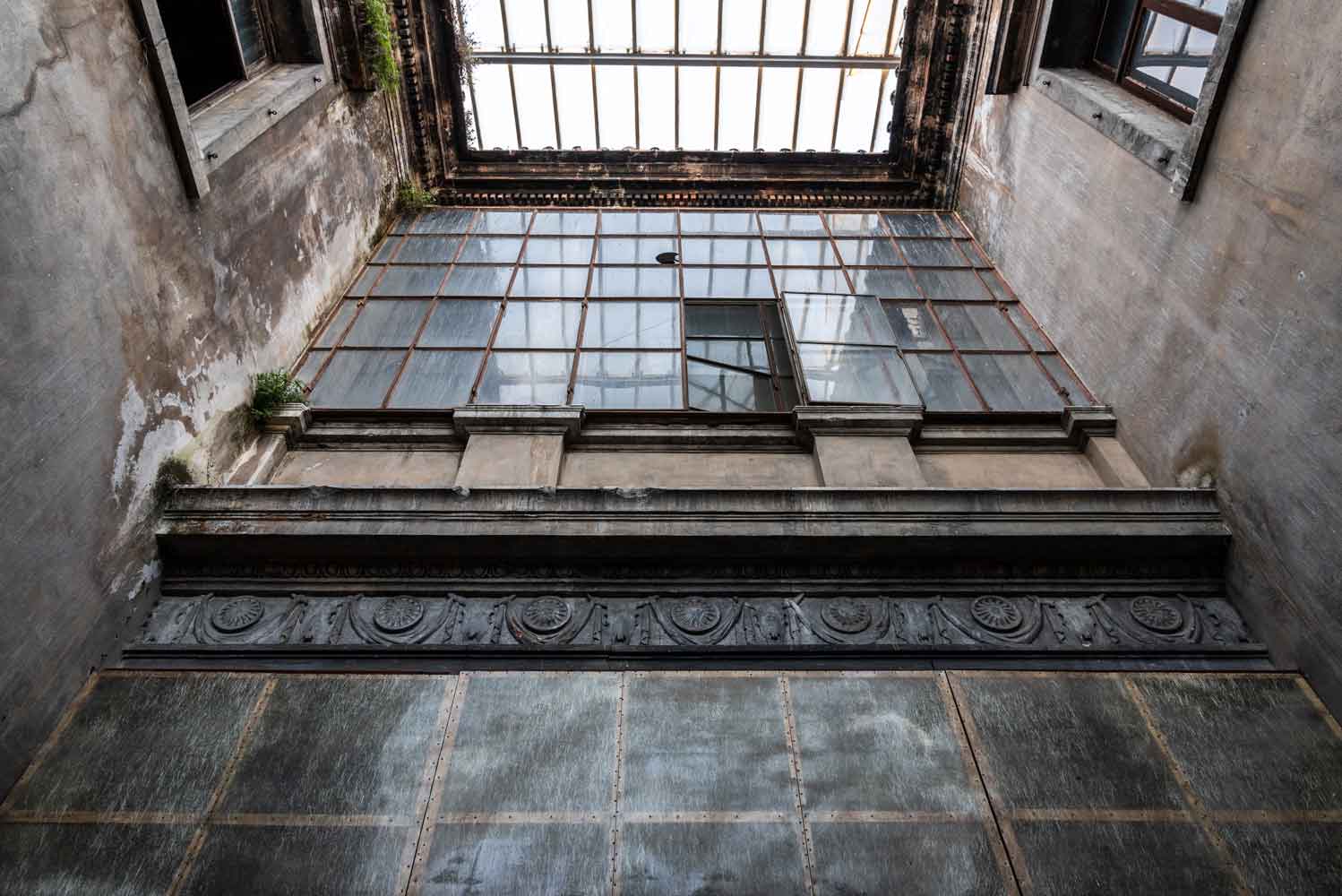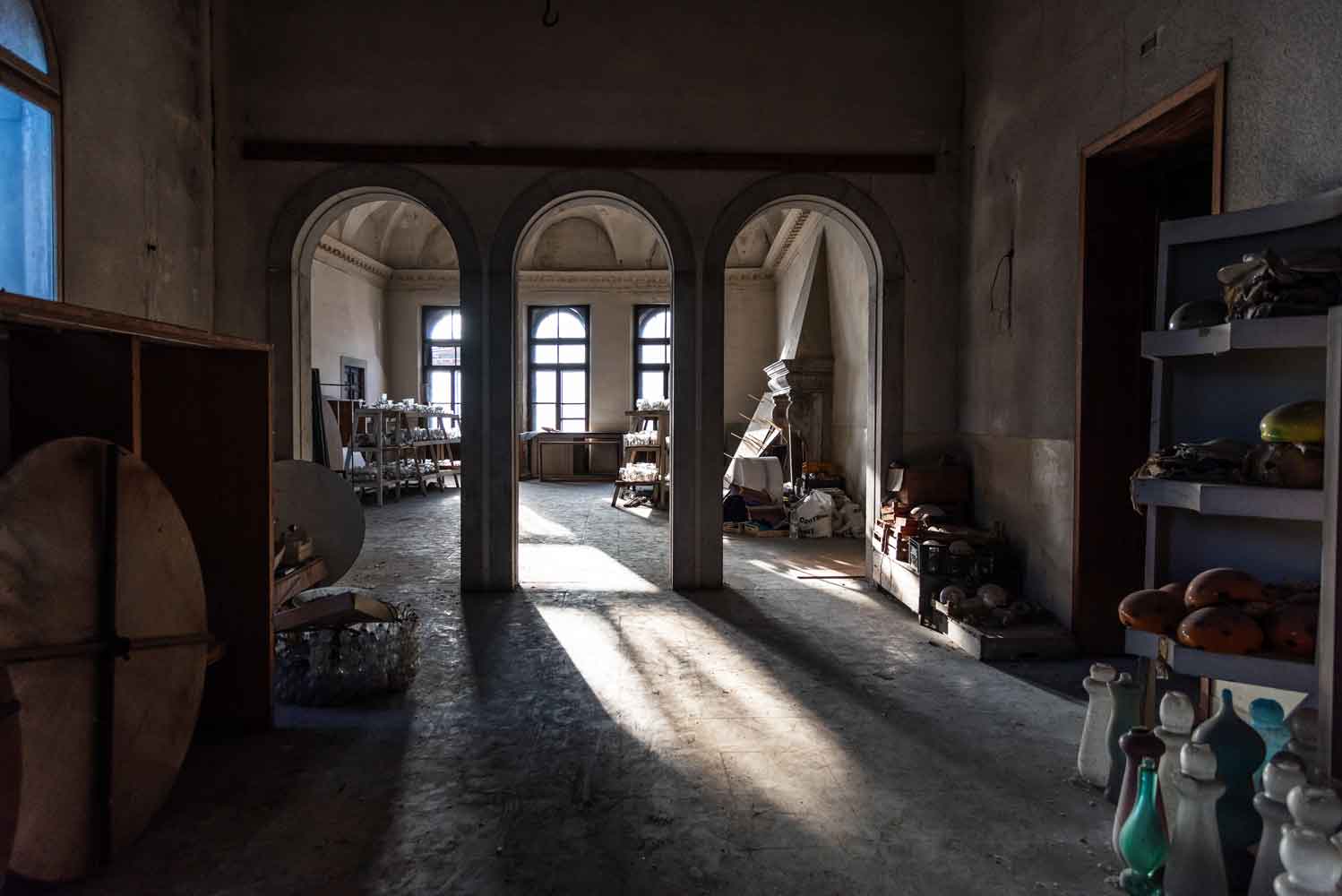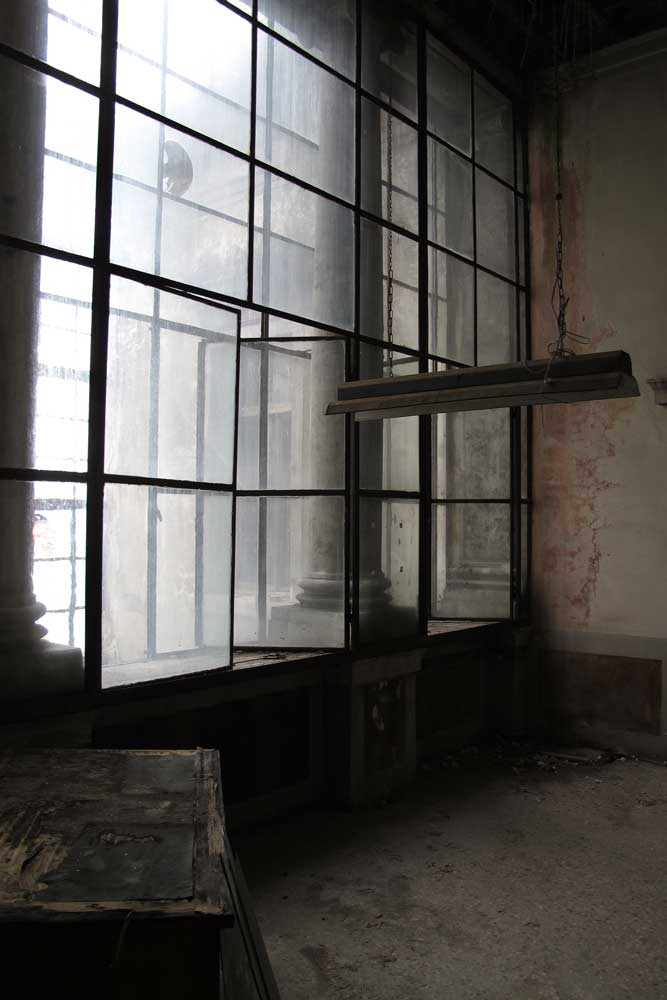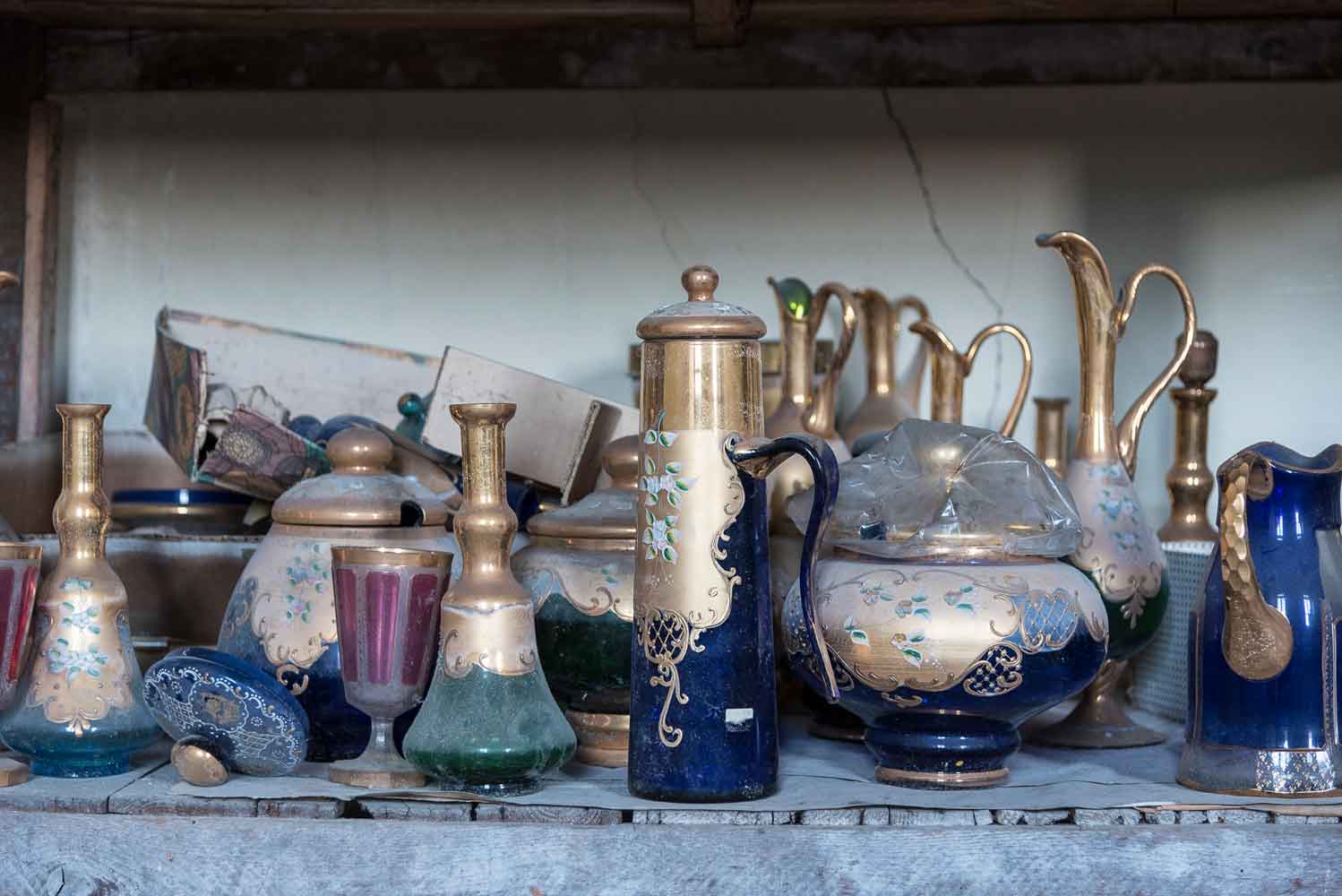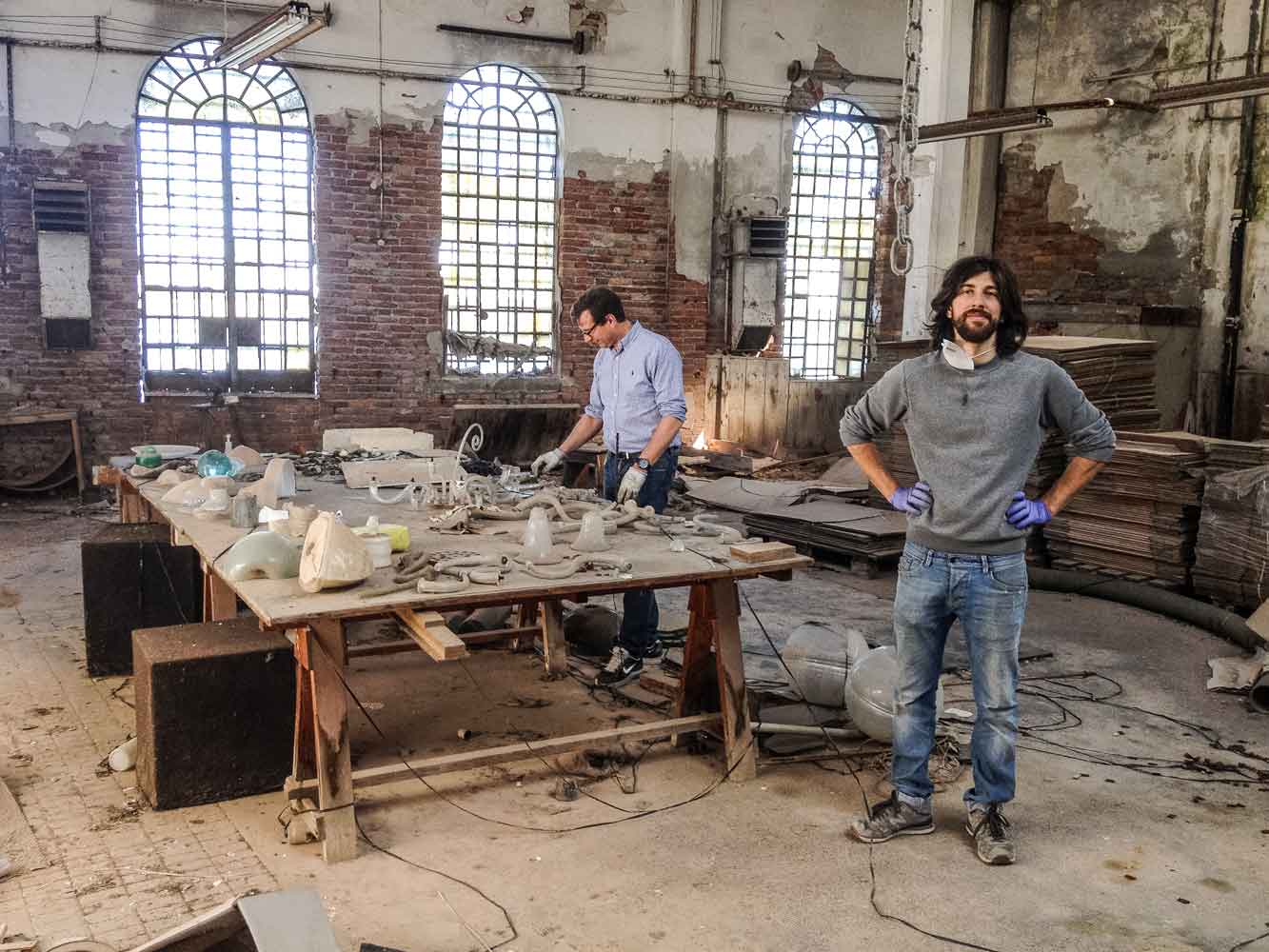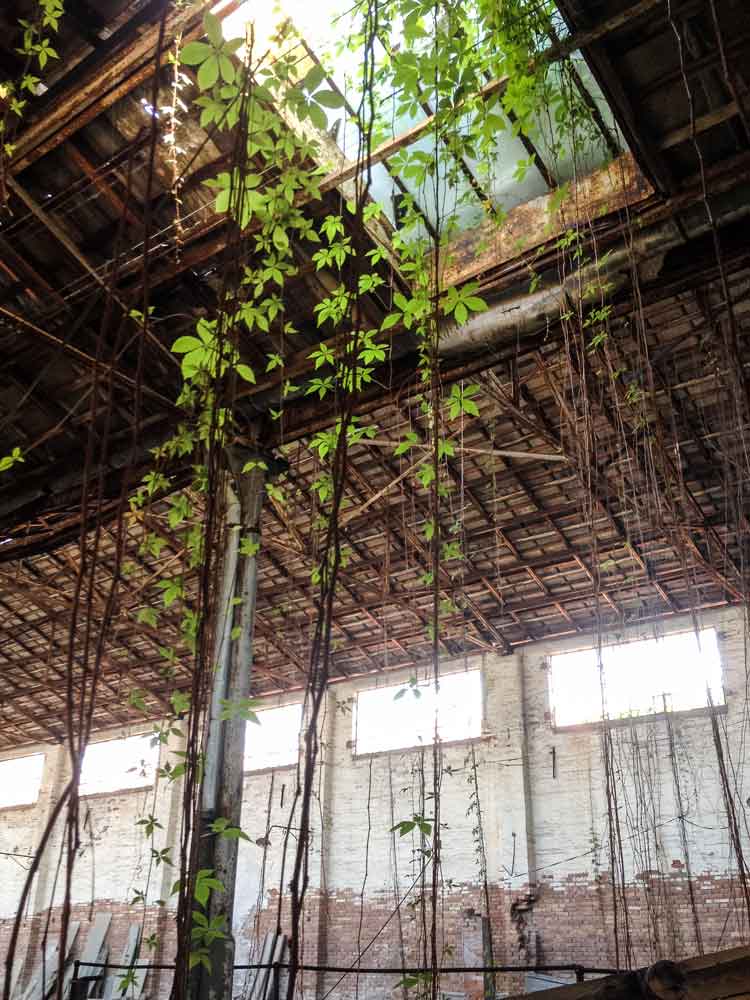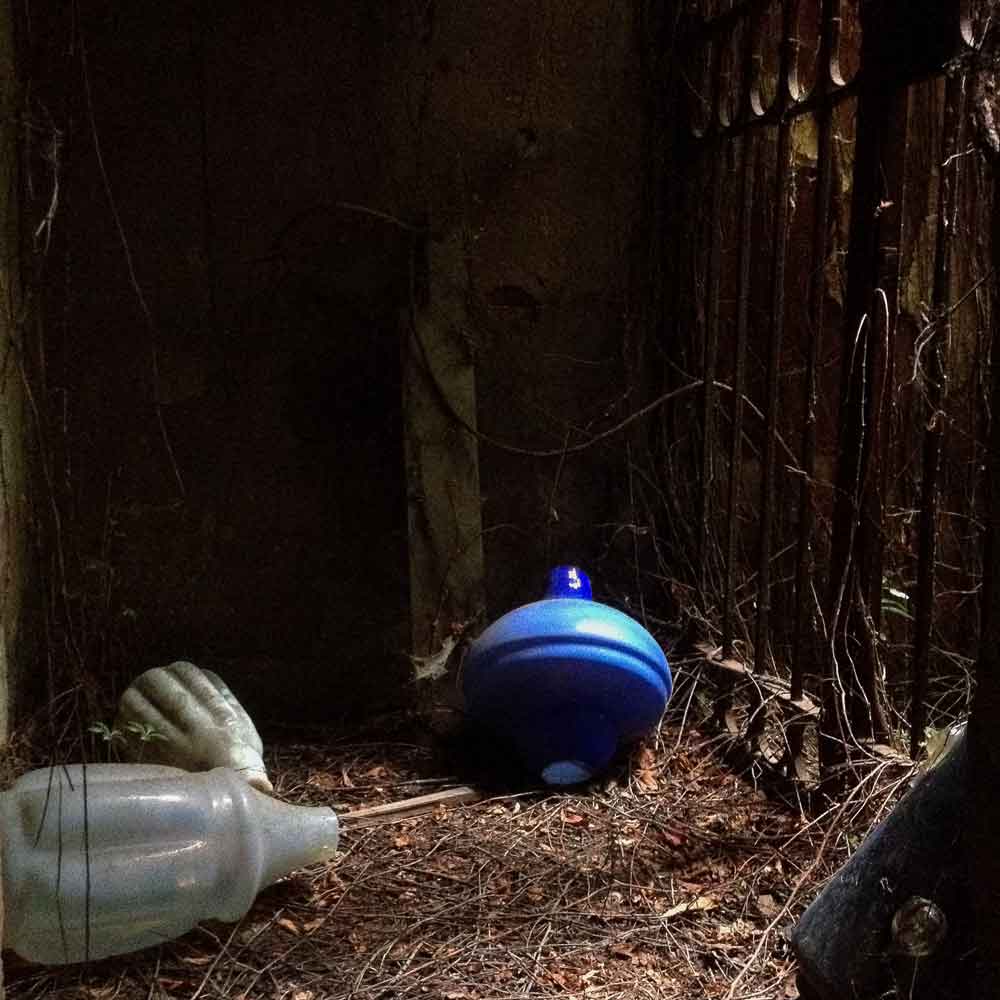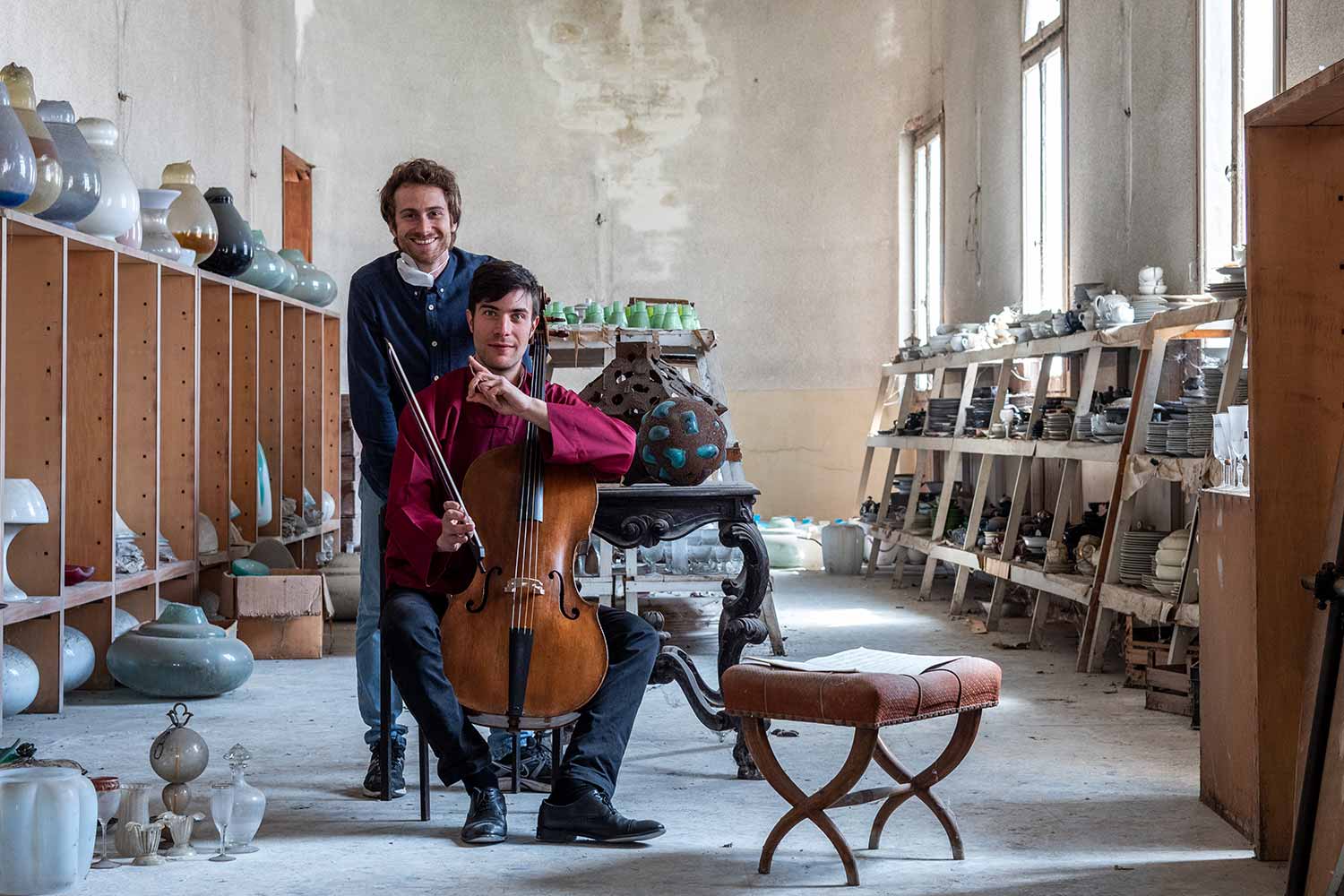Palazzo Trevisan, the sleep of beautiful things
The clearing of an ancient glass factory on the island of Murano turns into an unpredictable dream journey.
The clearing of an ancient glass factory on the island of Murano turns into an unpredictable dream journey.
Riccardo Benedini January 2022Venice told through the objects that live there. Three friends united by a passion for art and design bring to light old stories scattered in the most secret places of the city. Like “living wonders” in a seabed, the stories of Venice Objects resemble colorful shells in different eras, waiting eternally for their secret to be renewed. Certain items belong only to those who seek desperately.
“I found more beauty in the ivy that embraced this ancient ruined glass factory, than anywhere else in my life. On the day of our arrival, I bent down and collected a handful of glass shards. I thought we could start right from here, together. We passed them as small promises of wonder in our hands and a dream was born. We are linked to this place, because we have found a light in it ”.
With these words Riccardo Benedini recalls his first day at Palazzo Trevisan, together with the architects Jacopo Tiso and Chiara Paone, where he inaugurated – in the spring of 2016 – Venice Objects. This reality, thanks to his creative team, has been entering the most secret and evocative residences and places of the lagoon for more than six years in search of objects with a unique history.
To anyone who dares today to claim that beauty belongs only to things that reveal their mantra under the light of the sun, these modern explorers respond with a romantic provocation:
“Today’s reality reaches us so distilled that the habit of beauty runs the risk of completely replacing the search for it. Nevertheless, is there really no longer anyone who goes in search of fairy tales? ”.
The tale of Venice Objects begins in the dark hall of Palazo Trevisan, whose sleepy ruins overlook the island of Murano, along Fondamenta Navagero, exactly in front of the Glass Museum.
The entrance portal of what was, in more recent history, one of the most famous glassworks on the Italian scene; today is so peeling as to look like an agitated gray-green sea, on which two lion heads, rusty from the salt rise like sages guardians. Despite the neglect of its facade – once covered with frescoes by Prospero Bresciano – Richard Goy, in an architectural guide of Venice, defined this place as “the most remarkable Renaissance palace in Murano”.
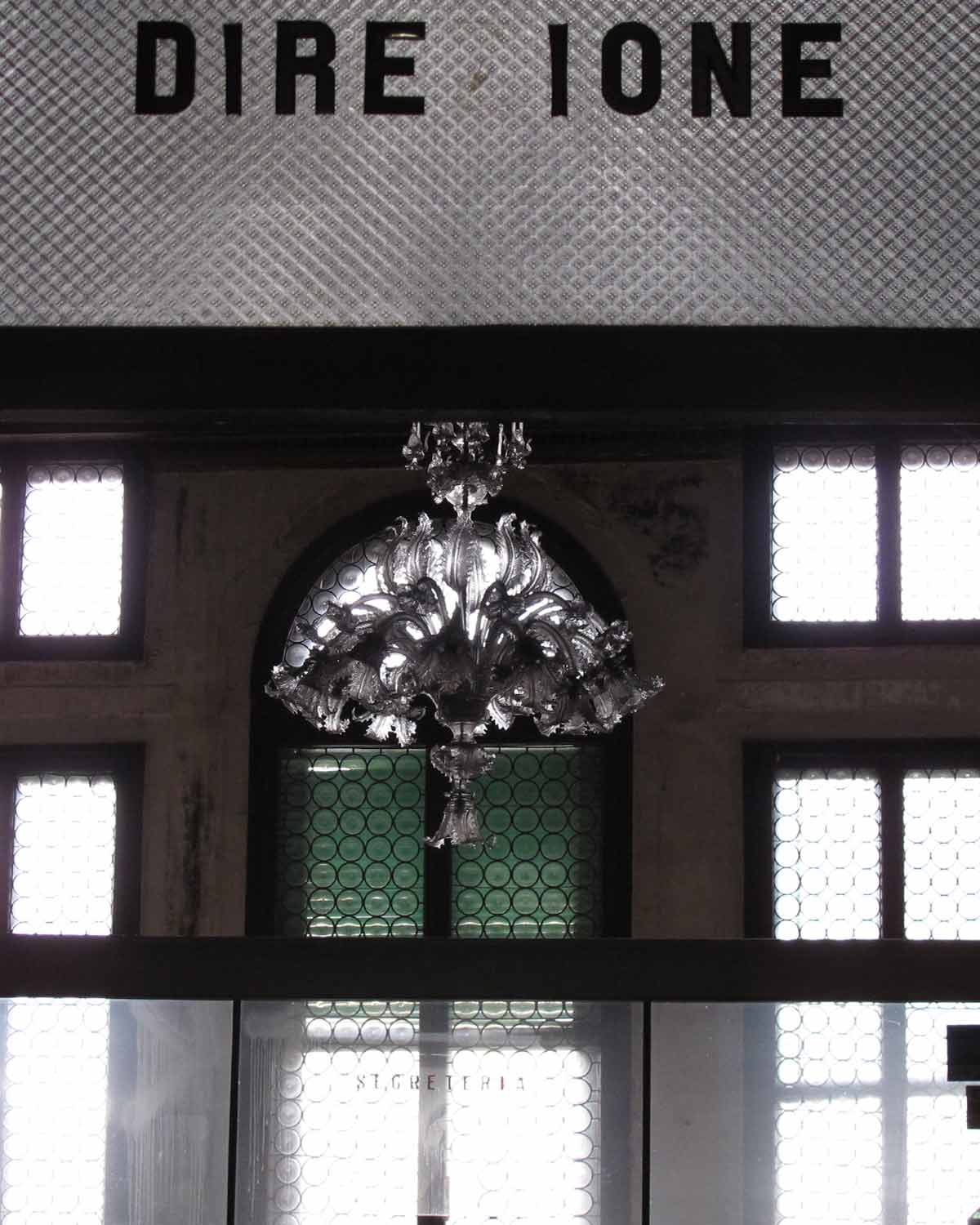
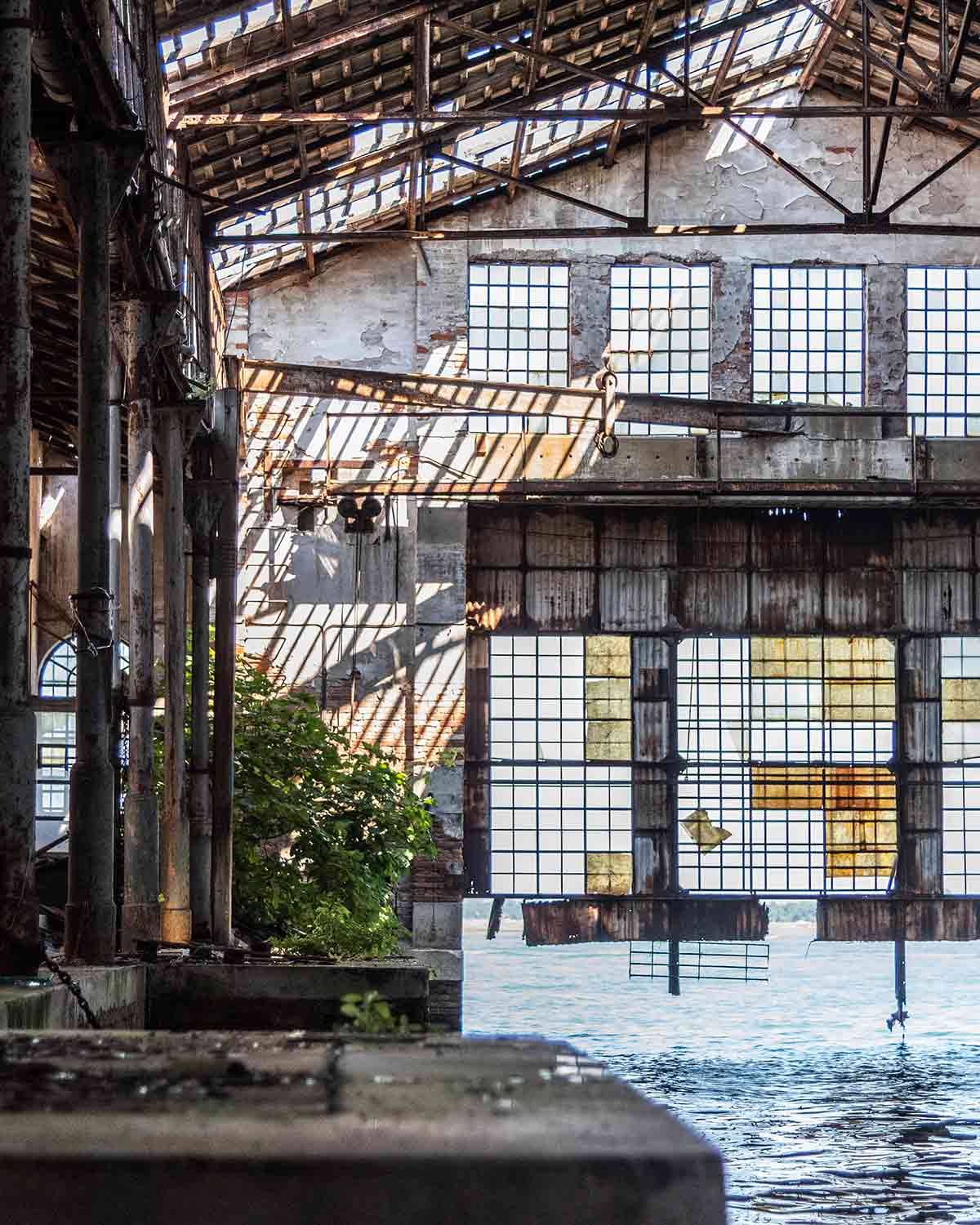
“The sudden reopening of Palazzo Trevisan aroused so much amazement and curiosity among the islanders that not a day went by without some elderly stranger knocking on the door to offer us his personal version of the story”.
The building was built between 1555 and 1558 by Camillo Trevisan, an illustrious man of law, coming from a well-known family of the Venetian aristocracy who, for the enterprise, was inspired by a design by the humanist and patron of Palladio, Daniele Barbarian. The work was erected in the old courtyard inherited from aunt Orsa Trevisan, in an area of the island full of peace because it is full of orchards and lapped by the waters of the lagoon. Camillo Trevisan, for the enterprise, called the greatest talents of the time such as Prospero Bresciano, Vittoria, Francesco da Salò, Giovanni Battista Zelotti, Battista del Moro and the very famous Paolo Veronese, of which the building still preserves the frescoes in the vaults of the noble floor.
The palace soon became a solemn monument of beauty throughout the Serenissima Republic of Venice. As evidenced by some sonnets of poets of the time, its gardens were majestic and hosted luxurious banquets, rich in majolica and precious glass goblets that had just come out of the island’s kilns. Its rooms, full of tapestries and paintings, saw the influx of the most illustrious men of that time, including Pietro Zane, Giorgio Gradenigo, Luigi Stangai, Verdizzotti, Pietro Badoer and many others. However, after the death of the founder Camillo Trevisan, the palace had a very varied and troubled history: in 1797, following the fall of the Republic of Venice, Napoleonic troops plundered the palace of all its statues and works of art. Among the most famous, “The Seven Planetary Divinities” by Paolo Veronese, also known as “Triumph of the Gods”, is now on display at the Louvre Museum in Paris.
Frescoes by Prospero Bresciano
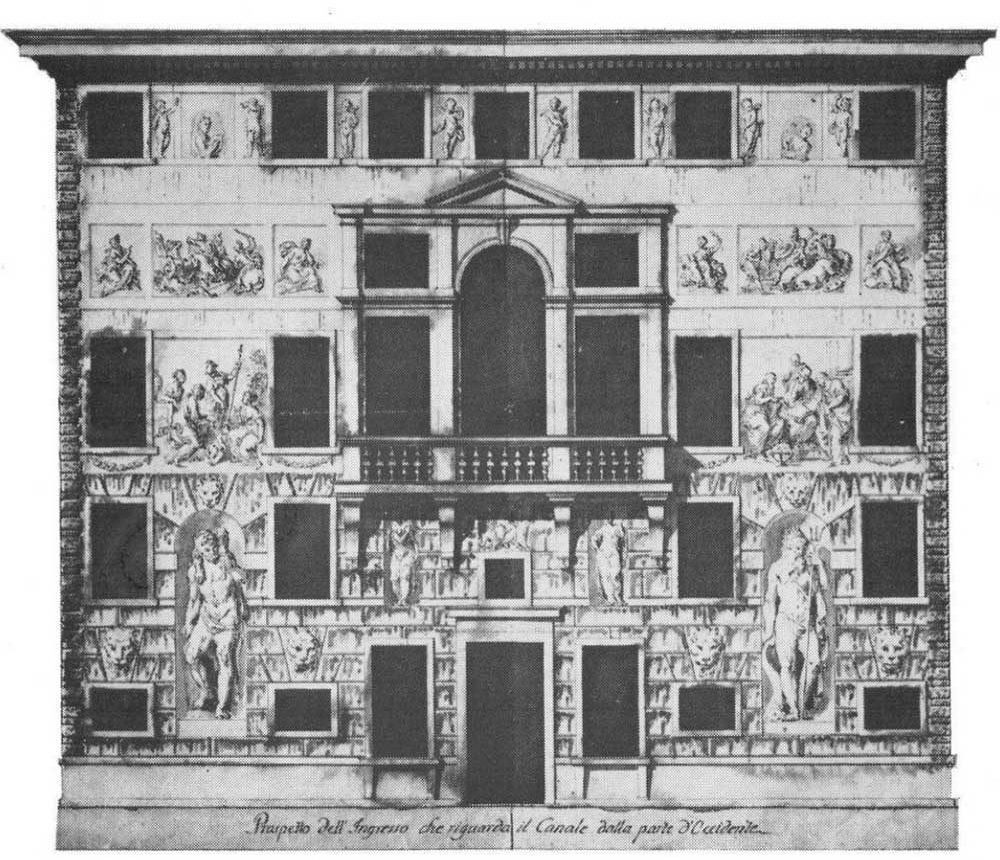
“In March 2016, we were not aware of all these ancient events, but the almost total absence of statues was compensated for by an infinity of glass objects with bizarre and imaginative shapes, scattered in every corner of the building. That place had sprouted again and we were there to tell it. ” Indeed, the three founders of Venice Objects had come to Palazzo Trevisan almost by chance: “The architectural studio accompanied us because they needed our help to photograph some spaces. At that time the owners were looking for a solution to quickly vacate all the premises and in order to have the keys to that wonder, we put forward a closed-box proposal to buy everything that was contained there. We never expected them to accept our offer”.
The imaginative whim of the three friends soon became a titanic project that, for eight months, involved a team of ten people who alternated, in groups of four, between photography, cataloging, packaging and transport. A slow and evocative journey that brings to light, room after room, more than two hundred years of Murano history forged by a glowing soul: glass.
Yes, this magical and at the same time fragile material had suddenly become, at the end of the nineteenth century, the real and only inhabitant of the building, transforming the bucolic home of Camillo Trevisan into one of the most flourishing and renowned glass production centers of the time . The remains of its ancient hanging gardens had given way to an enormous modern factory with more than thirty-five ovens, exhibition halls, warehouses and a wonderful private covered port for loading and unloading goods.
“The most complex part to be cleared concerned the old and shaky wooden workshops of the master glassmakers. Here, nature had regained possession of its environment, twisting objects and furniture in suggestive spirals of green branches that had ended up transforming the old adjacent port into a dreamlike space where you could find any kind of thing. Wooden crates full of caps, glass leaves of all kinds, hands and legs of unfinished sculptures, components of chandeliers and fountains, preparatory drawings, photographs, love letters. There was really nothing predictable. “
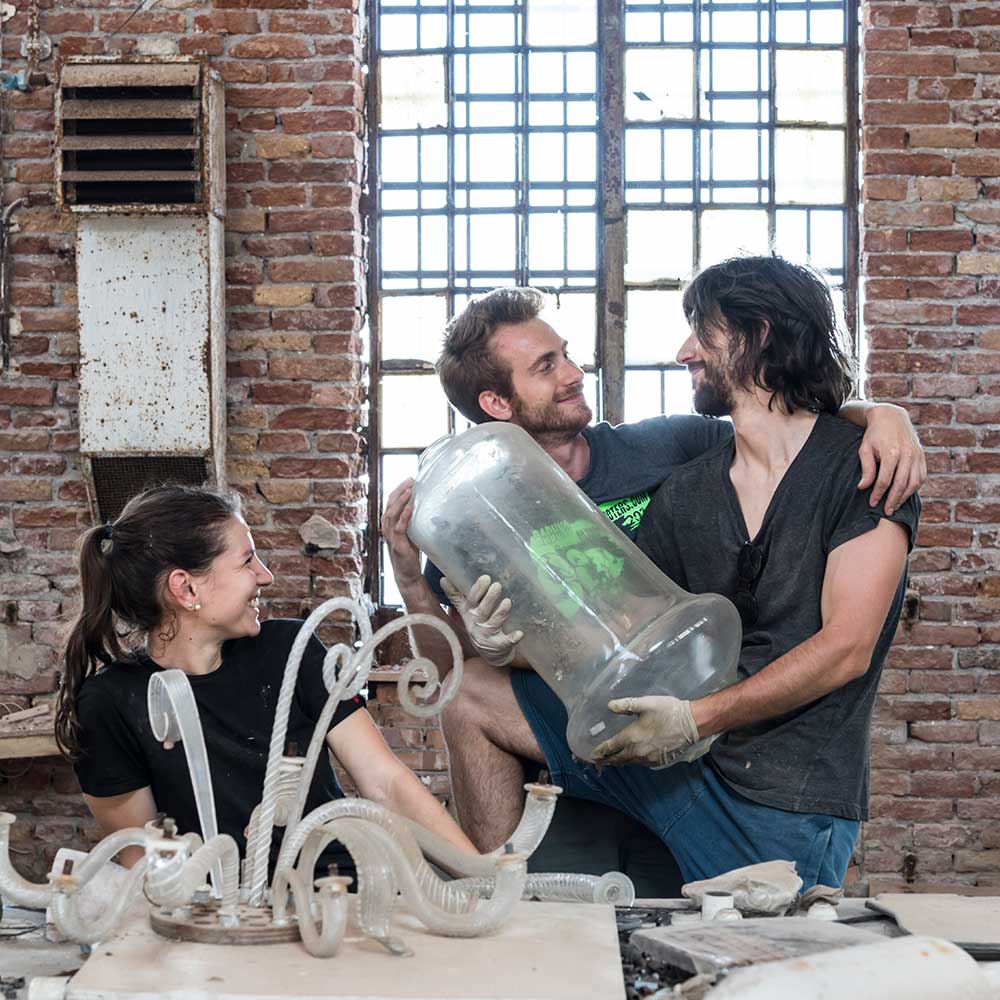
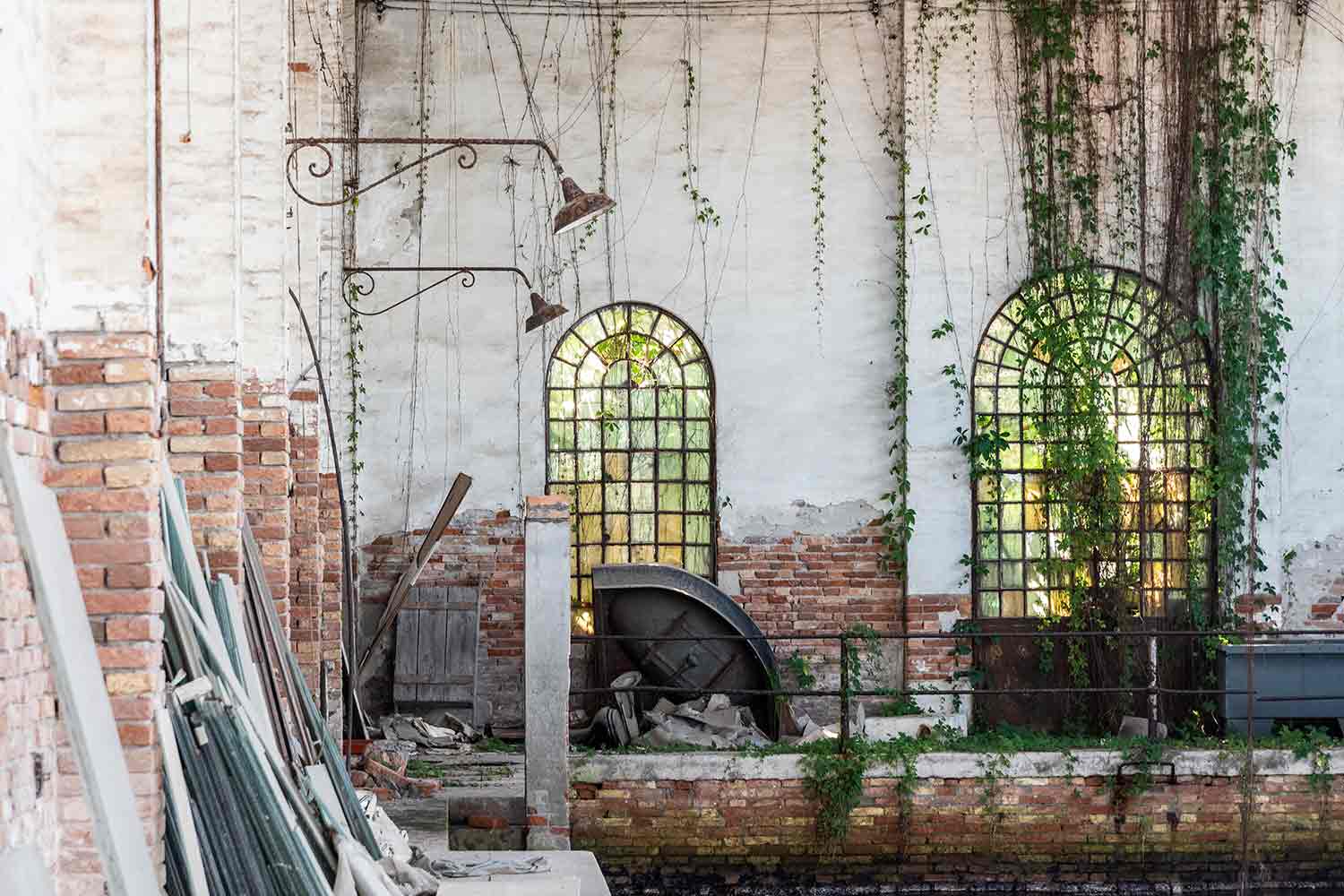
The video document created by Venice Objects tries to convey the nostalgic atmospheres that accompany every moment of exploration inside the oldest body of the building where, between the two World Wars, entire rooms, passages and stairways had been walled up.
“Behind the wallpaper and wood paneling, we found doors that not even the last owners had ever seen in their lives. Opening them together was moving. One day we even discovered an entire basement full of Christmas balls from the early twentieth century”.
During the entire period of the works, the two suggestive oval rooms of the building are transformed into temporary cataloging offices where, at the sunset of each day, the reflection of a golden lagoon transforms the still unpacked objects of the main floor into colorful shadows dancing between the frescoed vaults by Veronese. Specular, a room of identical features on the ground floor is decorated with symbolist motifs and shows, hanging on the extreme sides, two small and blackened mirrors converging towards the center. Indicated by some as a legendary meeting place for séances, the room now overlooks a tiny courtyard composed of two large columns that form a sort of loggia, once finely glazed, which overlooks the lower body of the factory that extends to the sea. An austere seven-meter gate, created by Umberto Bellotto, finally tells the ancient life of the furnace through its decorative wrought iron panels, while rows of glass pearls act as a drapery for a peacock with long curved feathers that rises, consumed from the rain of at least a century, on the top of the gate.
“Wrapping all those memorabilia belonging to different eras seemed to us like a romantic march in which past and present, after years of being away, finally took each other by the hand again and promised a new future to their buried treasure”.
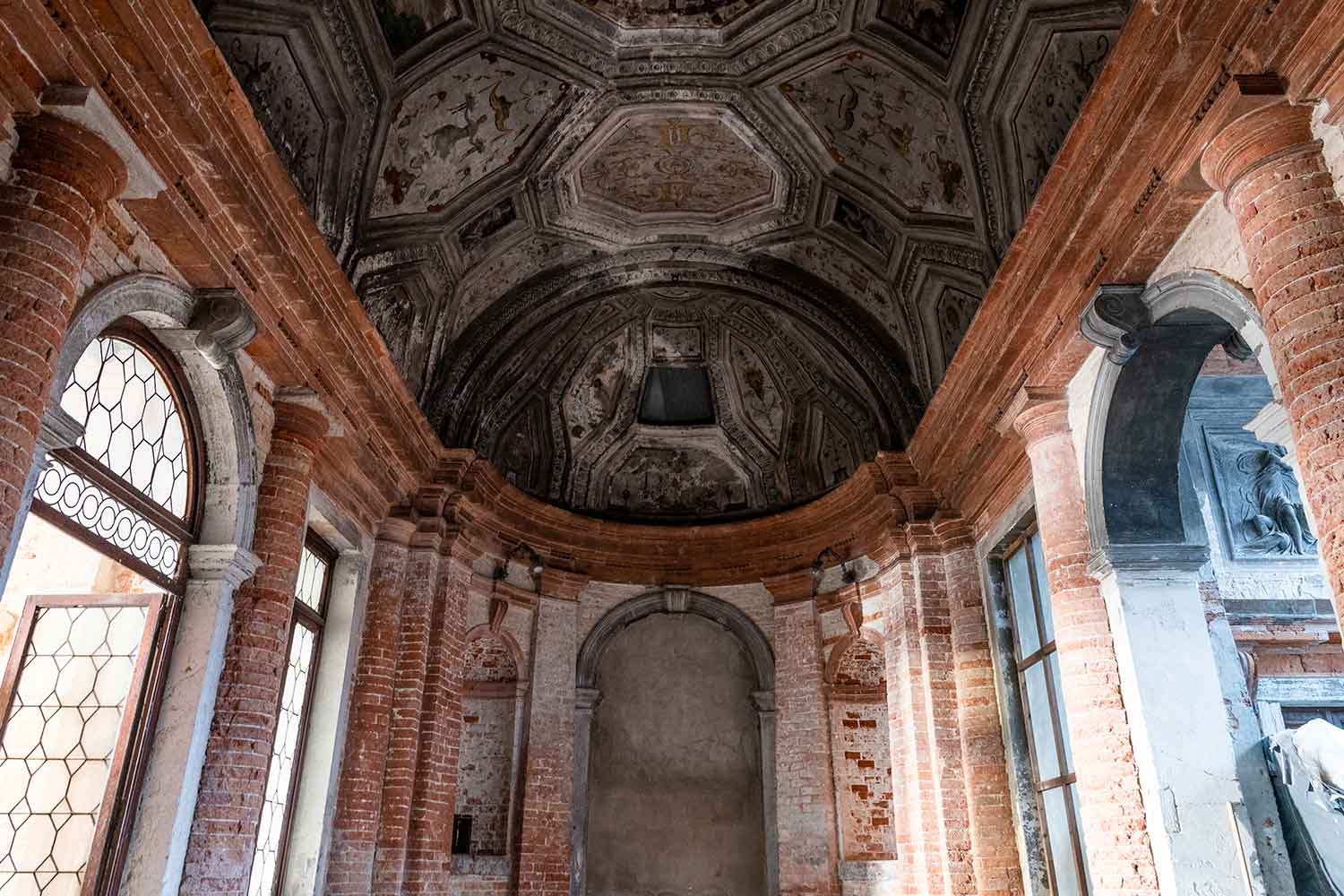
From basements to attics, passing through the important noble floors, Palazzo Trevisan offers young explorers its own empire of glasses, vases, sculptures, lamps and furnishing objects which, distracted from their dusty memory, are placed, like new travelers, in the crates destined for the mainland.
Thanks to the precious collaboration with the Venetian cellist Federico Toffano, Venice Objects gives Palazzo Trevisan a last and intimate concert before returning the keys to their legitimate owners. The ancient door closes, for the last time, behind this group of friends in October of the same year after having emptied the beauty of 10,000 square meters of surface, with a total use of twenty-eight large double transport boats floor and an equivalent number of vans. All the objects recovered in this long and romantic adventure were finally auctioned on Christmas 2016, when Venice Objects opened the doors of its Vicenza showroom to a large group of antique dealers, collectors, interior decorators or simple enthusiasts, each looking of a piece of modern fairytale. Photographer Anna Ghiraldini offered some of her best shots to document the insane enterprise of this group of dreamers.
For more information on my story, fill out the form, I will contact you as soon as possibile.
Palazzo Trevisan, the sleep of beautiful things
